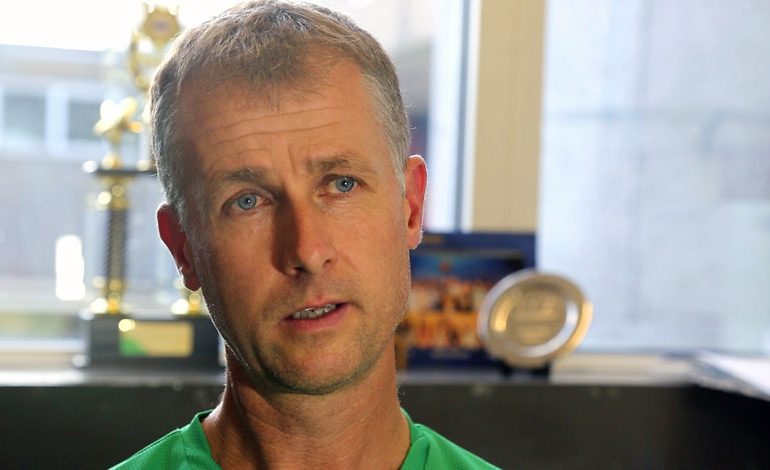A Newton Aycliffe school says staff morale and retention is high – despite claims there’s a “chronic” shortage of teachers in the classroom.
A ‘revolutionary’ new national initiative has been launched to ease what’s been described as a chronic shortage of teachers in North-East schools.
Schools are said to be facing a growing crisis to attract and retain staff, with a potential shortage of 50,000 teachers in England in the next five years – that’s equivalent to 14 teachers needed for each secondary school.
The North-East could be in need of over 2,000 teachers in five years’ time. Gateshead and Hartlepool are two of the worst places for falling teacher numbers, while Kingston Upon Hull, Stockton and Darlington are facing huge rises in pupil numbers
But despite the claims by Tes, the education company serving millions of teachers and publisher of Tes magazine, Woodham Academy in Aycliffe says staff numbers and retention remains strong.
Danny Morgans (pictured above), deputy head teacher at Woodham Academy who has responsibility for curriculum and staffing, said: “We have been aware of national issues with both retention and recruitment of teachers for a number of years now.
“As a result, we have been particularly proactive in addressing two major factors within our control that have been identified nationally as reasons for people leaving the profession.
“Workload and students’ behaviour are widely documented to be major factors in teachers becoming frustrated and leaving the profession.
“By systematically addressing both, we believe we have created working conditions that make Woodham Academy an attractive place for teachers to work.
“In addition to this, the school is the lead in the Durham SCITT and so takes a major role in the training of new teachers. This puts us in a strong position to develop current staff as well as recruit new teachers when needed.
“Due to high staff morale and on-going professional training we have done our utmost to reduce staff turnover and we have always been able to fill vacancies due to the growing reputation that the school has within the region.”
Latest figures show a worrying trend of a lack of teachers. In 2017, 43,000 left the profession, that’s 10% of those in the state sector, a rate that has been fairly static for the last five years.
Over 20% of new teachers leave the profession within their first two years of joining and 33% leave within their first five years.
Meanwhile, the number of secondary pupils is expected to climb from 3,191,780 in 2016 to 3,838,700 by 2024, an increase of over 20%.
This means that to stay in line with the average pupil-teacher ratio since 2005 (15.1 students per teacher), the number of secondary school teachers will have to rocket by 47,000, from 208,100 in 2016 to 254,822 by 2024 – an increase of 22.5%.
Schools could benefit from a new national scheme called Tomorrow’s Teachers, which will help schools identify possible future teachers among their own pupils and help nurture and train them to join the profession.
Pupils will be guided through a structured course that introduces them to teaching and allows them to gain relevant skills and experience back at their old school.
The programme, launched by Tes, aims to help recruit more ‘home grown’ talent into teaching and support regions that find it particularly hard to recruit.
Tes has engaged 15 ‘founding partner schools’ from all corners of the UK to help inform the development and feasibility of the programme.
Lord Jim Knight, chief education and external officer at Tes, said: “The shortage of teachers could have devastating consequences for the next generation’s education.
“If every school in the country spotted a potential teacher from its student cohort each year, and then gave them the practical skills and support to get them on that career path, it could have a very positive impact.”
Angela Rayner MP, Shadow Secretary of State for Education, said: “If we don’t take action, the teacher recruitment crisis we’re facing will only get worse.
“I welcome anything we can do to encourage more young people to consider a career in teaching and hope students are inspired by Tomorrow’s Teachers to find out more about this rewarding vocation.”
The worst hit areas for teacher shortages predicted by 2024:
1. London – short of 7,617
2. South East England – short of 7,534
3. North West England – short of 6,181
4. East of England – short of 5,353
5. West Midlands – short of 5,157
6. South West England – short of 4,487
7. Yorkshire & The Humber – short of 4,511
8. East Midlands – short of 3,952
9. North-East – short of 2,210
To find out more about the programme visit www.tomorrowsteachers.co.uk








